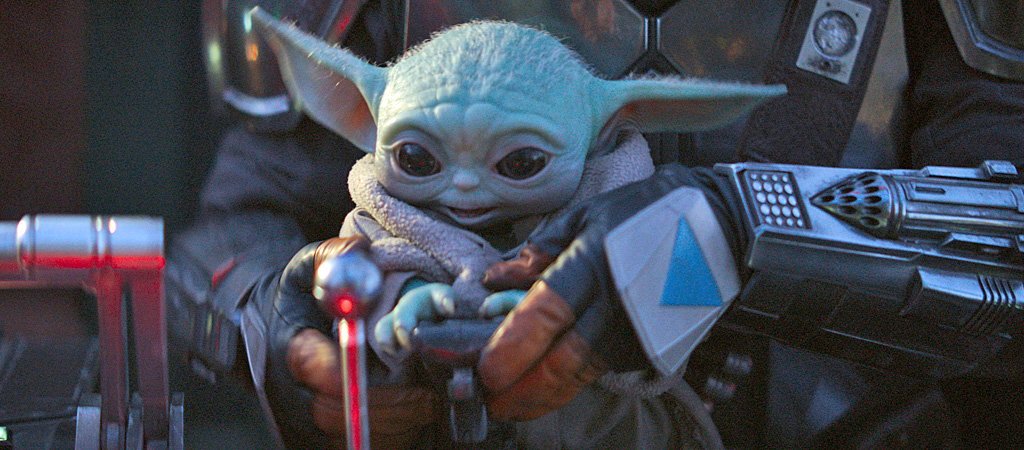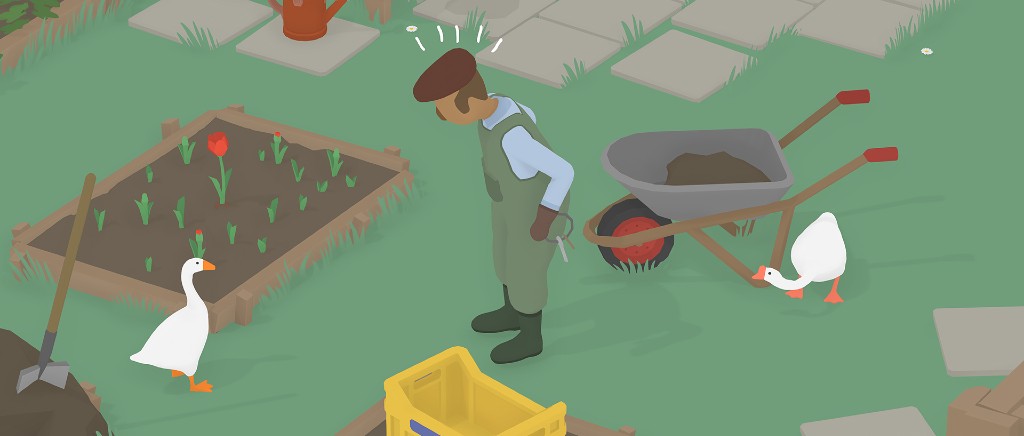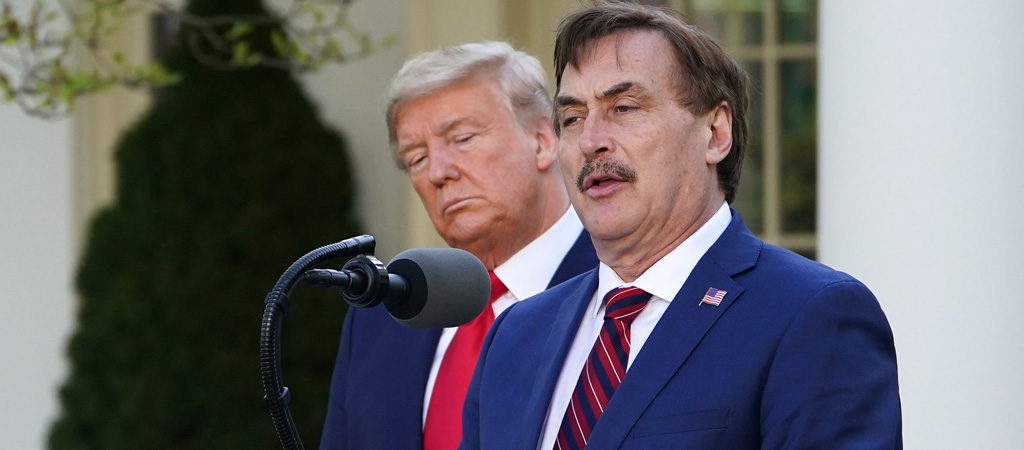
Mike Lindell is the CEO and founder of MyPillow, and more importantly, not a medical doctor. So when the very vocal Trump supporter started touting an oleander extract as a “miracle cure for COVID-19,” skepticism is the proper response, and CNN’s Anderson Cooper brought plenty of it during an on-air confrontation with Lindell on Tuesday.
In short, oleander is highly toxic. It is literally poison. So when Lindell tried to argue with Cooper that it’s the “miracle of all time,” and that he’s safely tested it on a a thousand people, the CNN anchor wasn’t having any of it. After noting that Lindell has a direct financial interest in pitching the “miracle cure” to the president in an effort to get it approved by the FDA, Cooper went off on the MyPillow CEO. Via The Daily Beast:
“You have no medical background,” Cooper exclaimed as Lindell objected. “You are not a scientist. A guy called in April saying he had this product. You are now on the board and going to make money from the sale of this product.”
“The reason he reached out to you is because you have the ear of the president and could get a meeting with the president and you stand to make money from it,” the veteran newsman added. “How do you sleep at night?!”
It only got more brutal from there. Cooper went on to call Lindell a “snake-oil salesman” and highlighted his F-rating with the Better Business Bureau, along with MyPillow’s recent settlement for “deceptive marketing.” In response, Lindell said he’s merely doing what Jesus wants him to do, which went over real well with Cooper:
“Jesus wants you promoting remedies that are never tested?” Cooper shot back.
“Ask yourself, why would I ruin my reputation?” Lindell countered.
“Money,” the anchor replied.
You can watch Anderson Cooper tear apart Lindell below:
Anderson Cooper tears into the MyPillow guy for pushing unproven coronavirus therapeutic as a “miracle” cure:
“You have no medical background. You are not a scientist… You are now on the board and going to make money… How are you different than a snake oil salesman?” pic.twitter.com/6cQIn1FYpA
— Justin Baragona (@justinbaragona) August 18, 2020
(Via CNN, The Daily Beast)

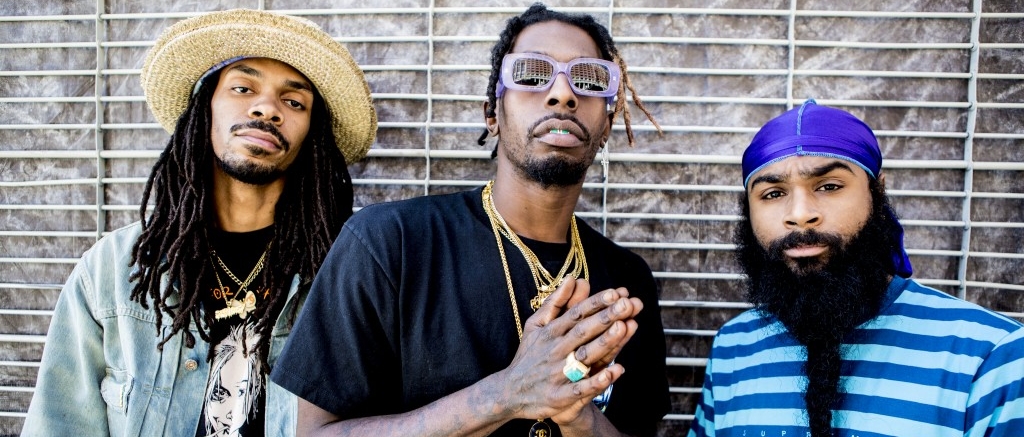
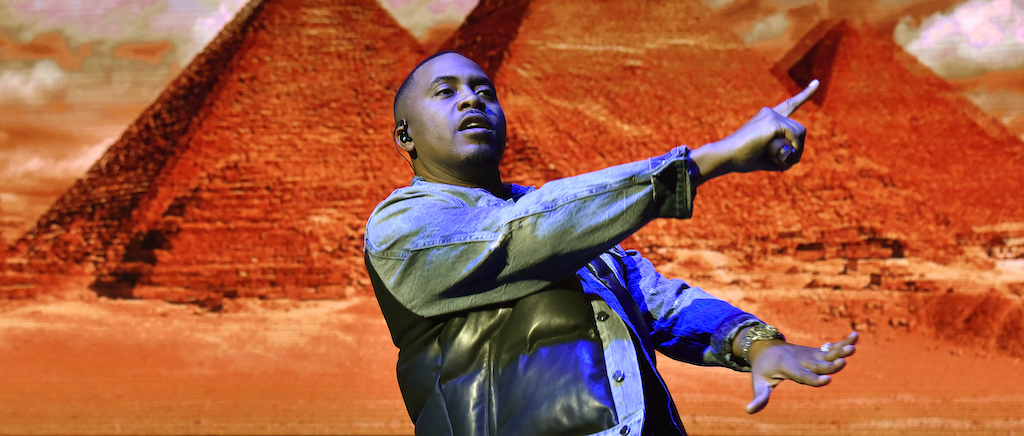
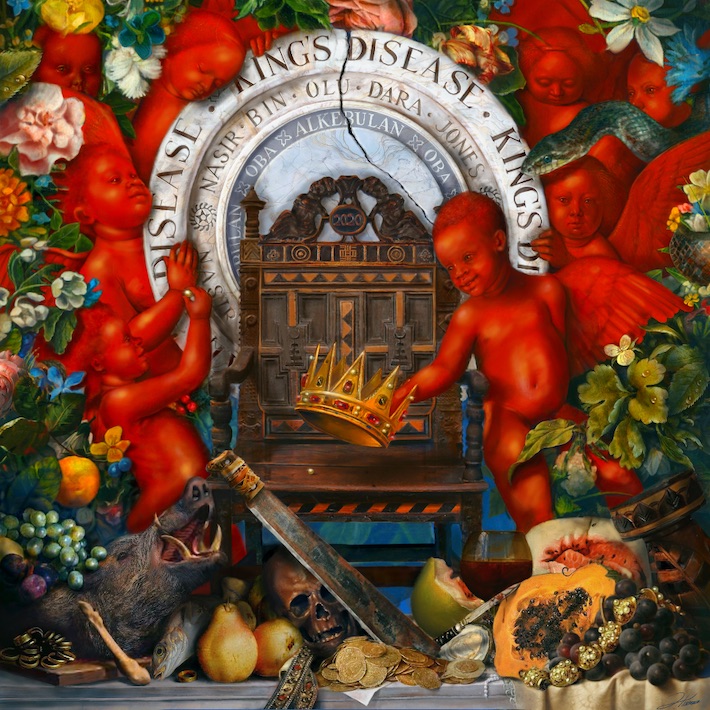
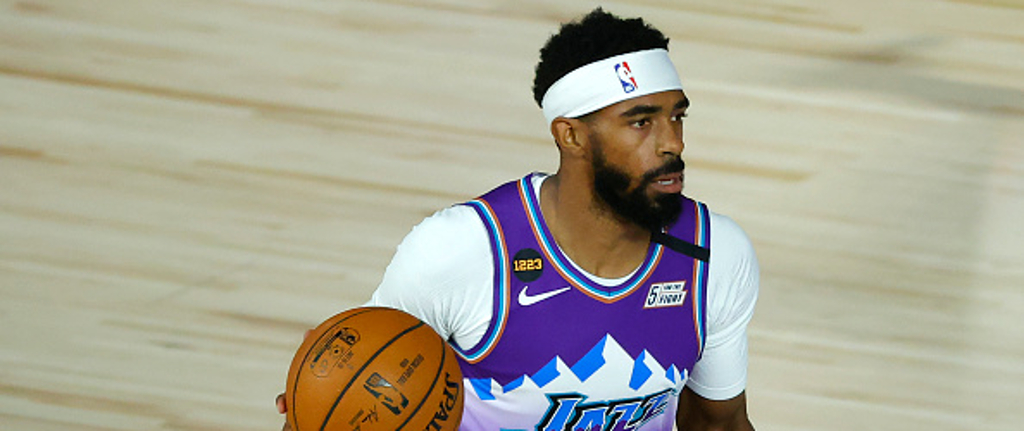
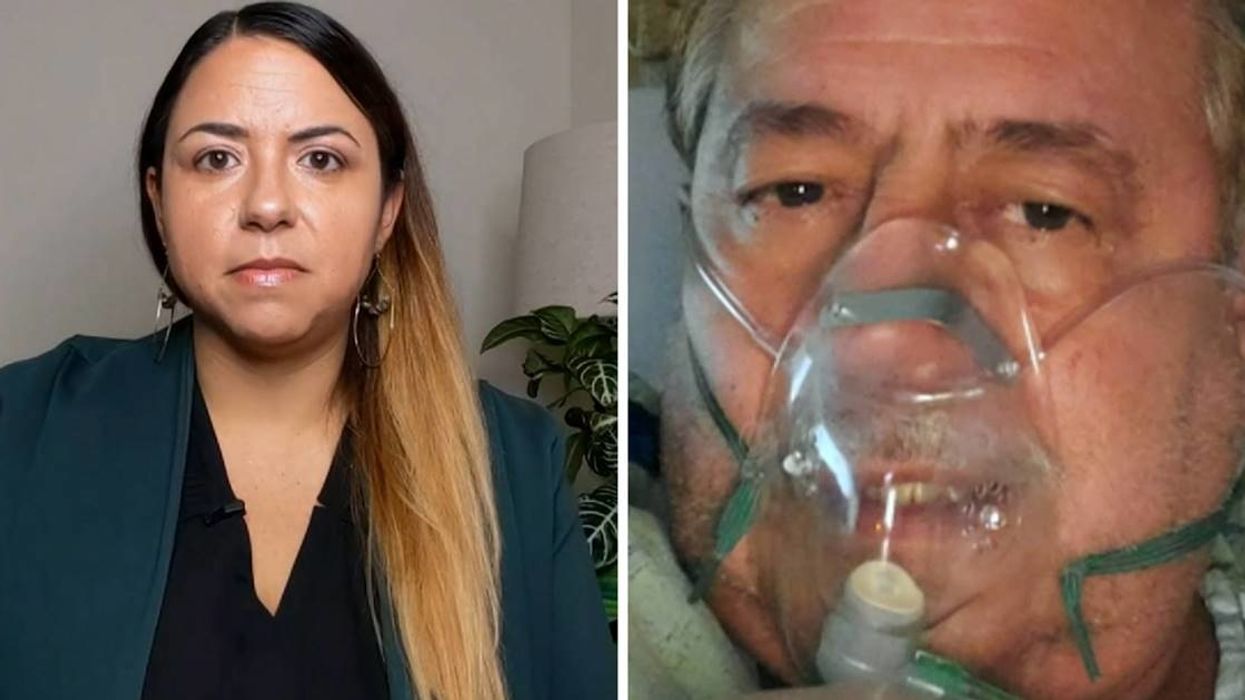

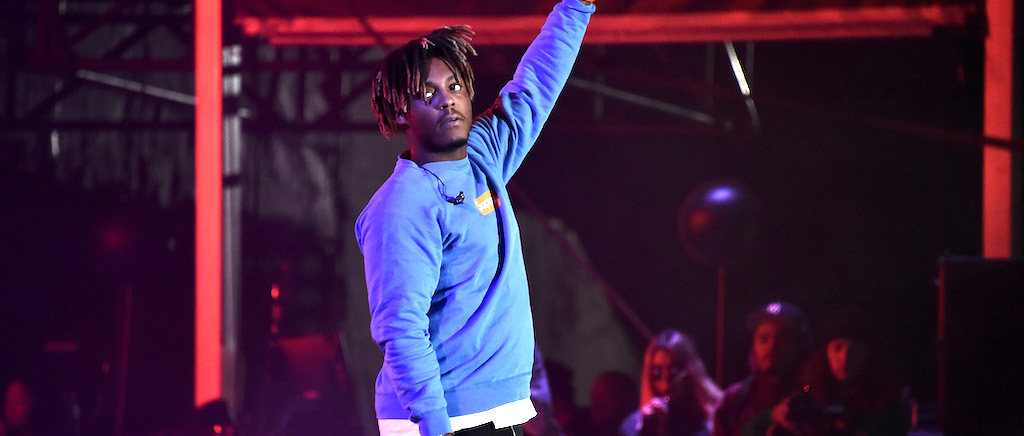
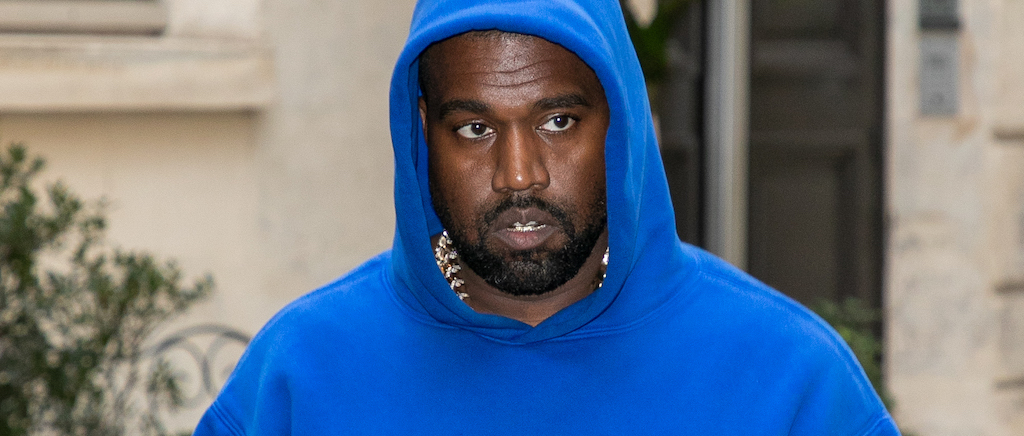






 (@BlackOmen2021)
(@BlackOmen2021)  (@nickkvalladares)
(@nickkvalladares)  (@harp1114)
(@harp1114) 